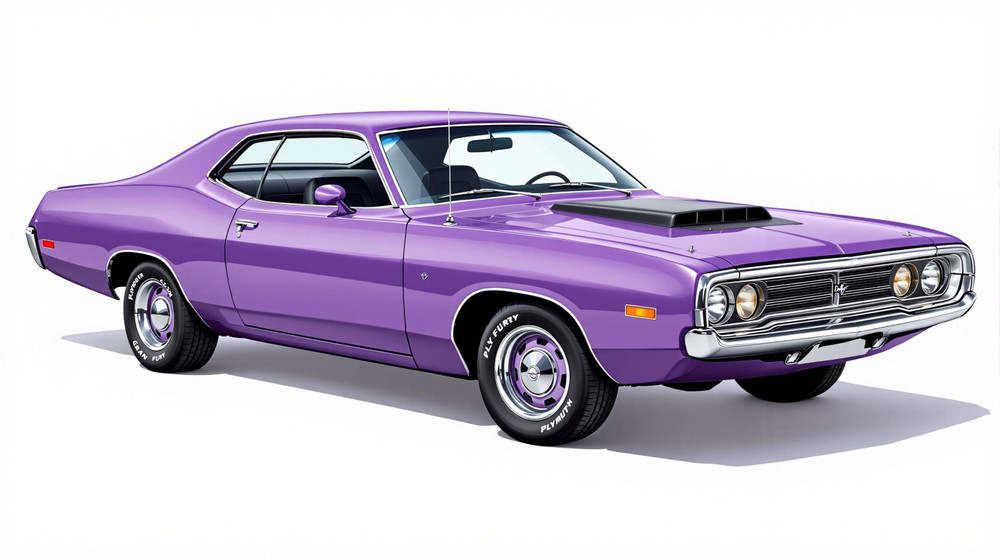Image of 1973 Plymouth Gran Fury, Note: These illustrations use artistic license and may differ from actual historical models.
Performance Metrics
Fundamental Metrics
Emotional Appeal
MMP Rating
| Engine Specifications | |
|---|---|
| Engine: | 360 cu in (5.9 L) V8, 400 cu in (6.6 L) V8, 440 cu in (7.2 L) V8 |
| Displacement: | 360-440 cu in |
| Horsepower: | 175-280 hp (approximate values) |
| Torque: | 285-480 lb-ft (approximate values) |
| Compression Ratio: | 8.5:1 - 10.1:1 (approximate values) |
| Ignition System: | Electronic Ignition |
| Cooling System: | Liquid cooled |
| Performance Specifications | |
| 0-60 Time: | 8-10 seconds (estimated) |
| 1/4 Mile Time: | 16-18 seconds (estimated) |
| Top Speed: | 120-130 mph (estimated) |
| Transmission and Drive | |
| Drive Type: | Rear Wheel Drive |
| Transmission Type: | 3-speed automatic |
| Fuel and Efficiency | |
| Fuel System Type: | Carburetor |
| MPG: | 10-12 mpg (estimated) |
| Dimensions and Brakes | |
| Brakes: | Front disc, rear drum |
| Wheelbase: | 124 inches |
| Weight: | 4000-4500 lbs (estimated) |
Note: Specifications for classic cars are given to the best of our ability, considering the limited and variant data available.
1973 Plymouth Gran Fury: A Testament to American Automotive Ingenuity
The 1973 Plymouth Gran Fury stands as a monument to the era of full-sized luxury and muscle, a period when American automotive design was both grandiose and unapologetically bold. Born from the assembly lines of the Plymouth division of Chrysler, the Gran Fury was a car that offered a blend of comfort, style, and performance that reflected the spirit of its time.
During an epoch dominated by oil crises and the beginning of emissions regulations, the '73 Gran Fury emerged as a bastion of traditional American automotive values. It was a time when cars were not just modes of transportation but statements of personal style and power. One unique fact about this vehicle is that it served as an upscale sibling to the more widely known Plymouth Fury, offering additional luxury and exclusivity.
Design and Innovation
The exterior of the 1973 Plymouth Gran Fury boasted long, sweeping lines with a bold front grille and quad headlamps that commanded attention. Its profile was distinguished by a long hood and a spacious cabin that culminated in a stately trunk. The interior was a sanctuary of comfort, with plush seating upholstered in premium materials like vinyl or optional leather, woodgrain accents, and generous legroom for all passengers.
For its era, the Gran Fury introduced notable technological advancements such as optional electronic ignition and improved suspension systems. Color options ranged from subdued earth tones to vibrant hues, with popular choices including Spinnaker White and Regal Red. The most iconic body style was arguably the two-door hardtop coupe, which epitomized the car's blend of luxury and sportiness.
Historical Significance
The 1973 Plymouth Gran Fury made its mark on automotive history by offering an alternative to the downsizing trend that began to take hold in the early '70s. It maintained traditional values at a time when other manufacturers were shifting focus. This adherence to size and comfort set it apart from contemporaries and left a lasting impression on car enthusiasts and collectors alike.
Performance and Handling
Underneath its expansive hood, the Gran Fury housed powerful V8 engines that could propel it to impressive speeds for its size. While exact figures vary depending on the engine option, top speeds were commendable, with acceleration from 0-60 mph achieved in respectable times for a vehicle of its heft. On the road, drivers could expect a smooth ride with competent handling despite its dimensions—thanks in part to its torsion bar front suspension.
The driving experience was characterized by a sense of might coupled with comfort; the engine's rumble provided an acoustic backdrop to what was typically a serene ride. The interaction between driver and vehicle was one of ease and assurance, with power steering and brakes facilitating control.
Ownership Experience
The 1973 Plymouth Gran Fury found its place as both a daily driver for those who valued spaciousness and comfort above fuel efficiency, as well as a show car appreciated for its classic lines and representative status. Maintenance was generally straightforward due to the simplicity of its mechanical components, making it relatively reliable for owners who were willing to keep up with regular care.
Fun Facts
The Gran Fury had its share of interesting trivia: some models were outfitted as police cars or high-end taxis due to their durability and spacious interiors. While not known for setting speed records, it did achieve recognition for its robust build quality. Criticisms often centered around its fuel consumption—a common point of contention for vehicles of this size during that era.
Collector's Information
In today's market, the value range for a well-maintained 1973 Plymouth Gran Fury can vary widely based on condition, mileage, originality, and options. Estimates suggest that several thousand units were produced; however exact numbers are hard to pinpoint due to record-keeping practices at the time. Price trends have shown appreciation for well-preserved examples, with values potentially ranging from $10,000 for models in good condition to upwards of $20,000 or more for pristine or rare variants.
Conclusion
The 1973 Plymouth Gran Fury is more than just another classic car; it's an emblematic piece of American automotive culture that stood steadfast against changing tides. For collectors and enthusiasts alike, it represents an era where luxury met muscle on equal terms—a true heavyweight champion in every sense of the word.
1973 Plymouth Gran Fury Catalog of Parts
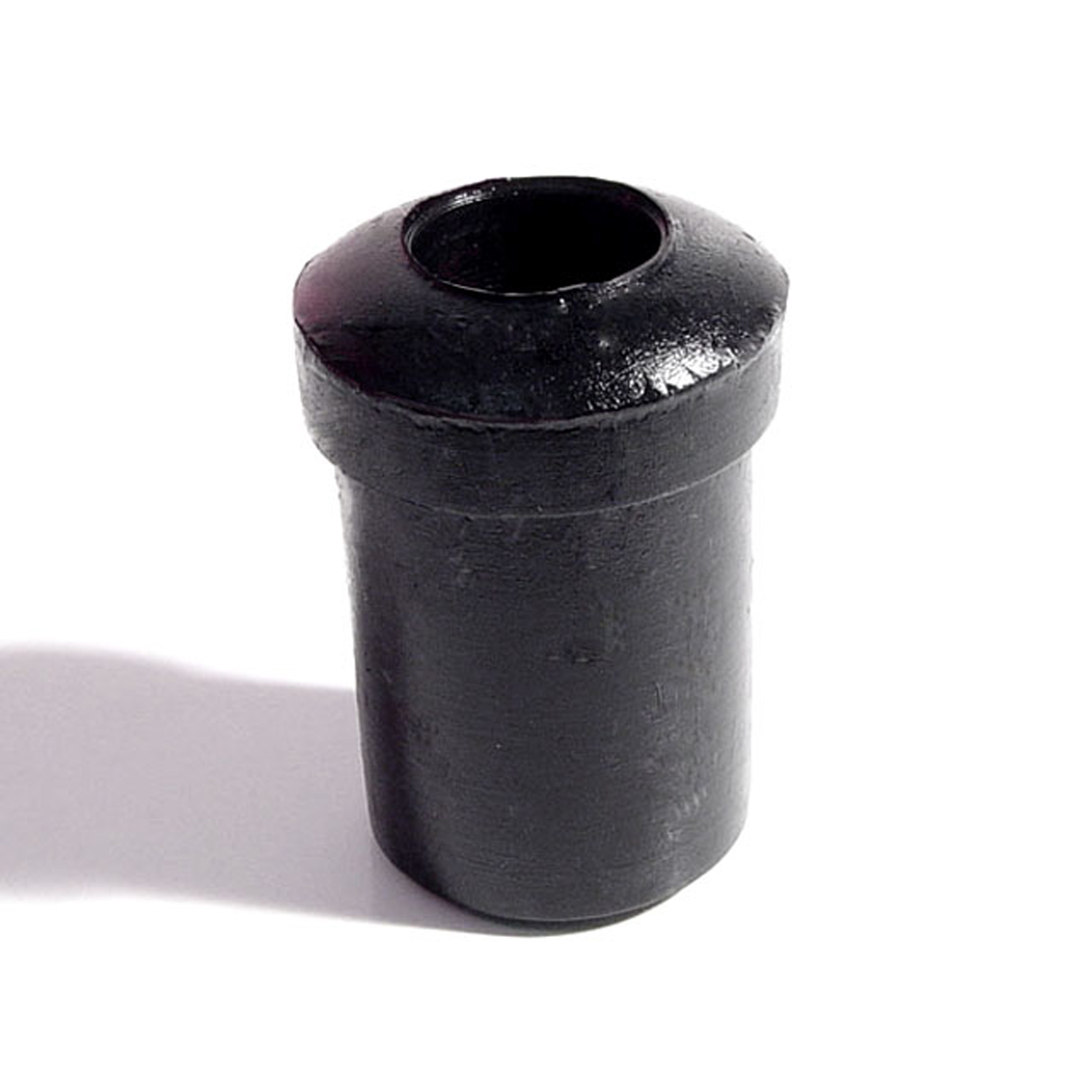 1973 Plymouth Gran Fury Spring and Shackle Bushing. 1" bottom O.D-BN 20Spring and Shackle Bushing. 1" bottom O.D. X 1-5/8" high, with 9/16" I.D. Each
1973 Plymouth Gran Fury Spring and Shackle Bushing. 1" bottom O.D-BN 20Spring and Shackle Bushing. 1" bottom O.D. X 1-5/8" high, with 9/16" I.D. Each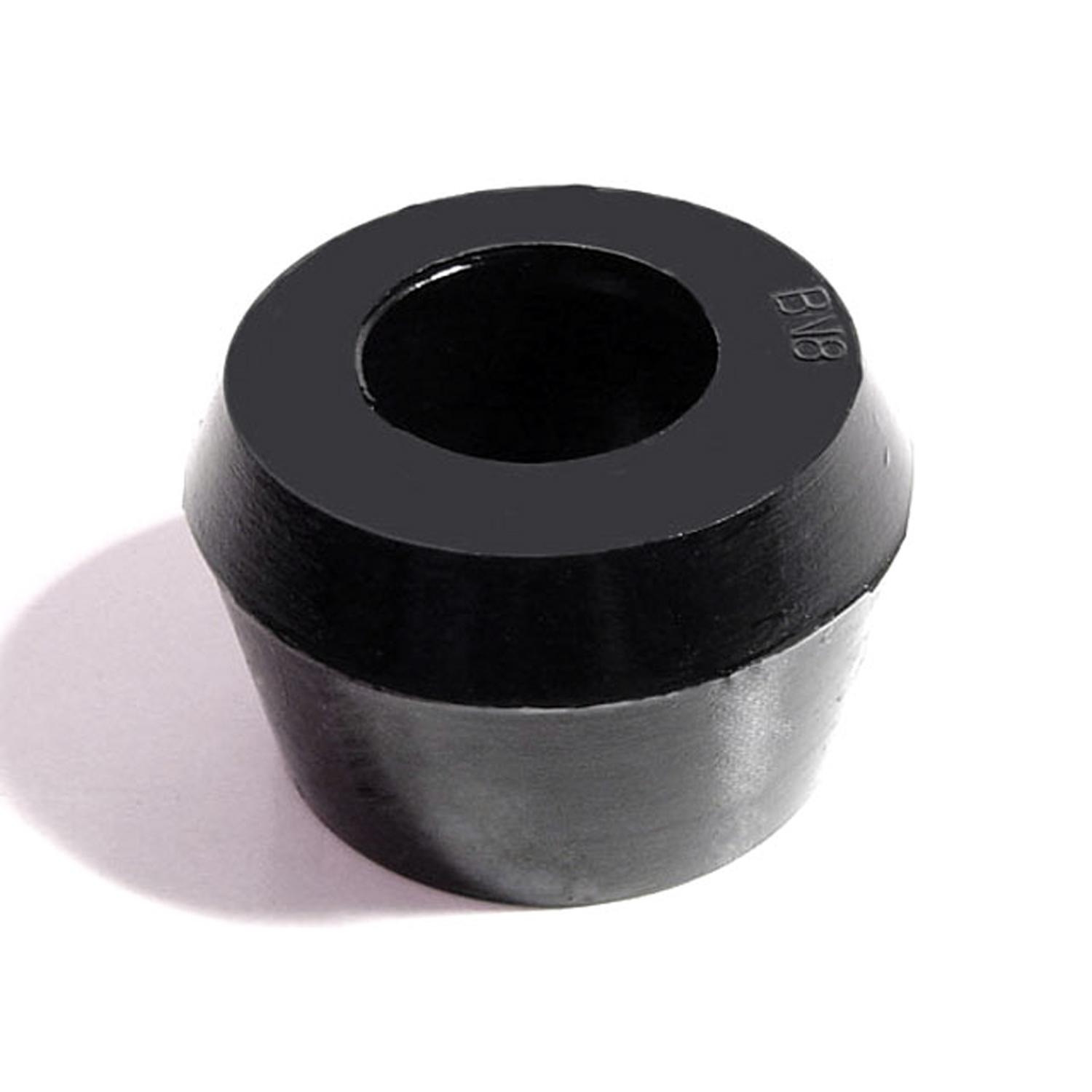 1973 Plymouth Gran Fury Shock Absorber Grommet. 1-1/4" bottom O.D-BN 8Shock Absorber Grommet. 1-1/4" bottom O.D., 1" high, with 3/4" I.D. Each
1973 Plymouth Gran Fury Shock Absorber Grommet. 1-1/4" bottom O.D-BN 8Shock Absorber Grommet. 1-1/4" bottom O.D., 1" high, with 3/4" I.D. Each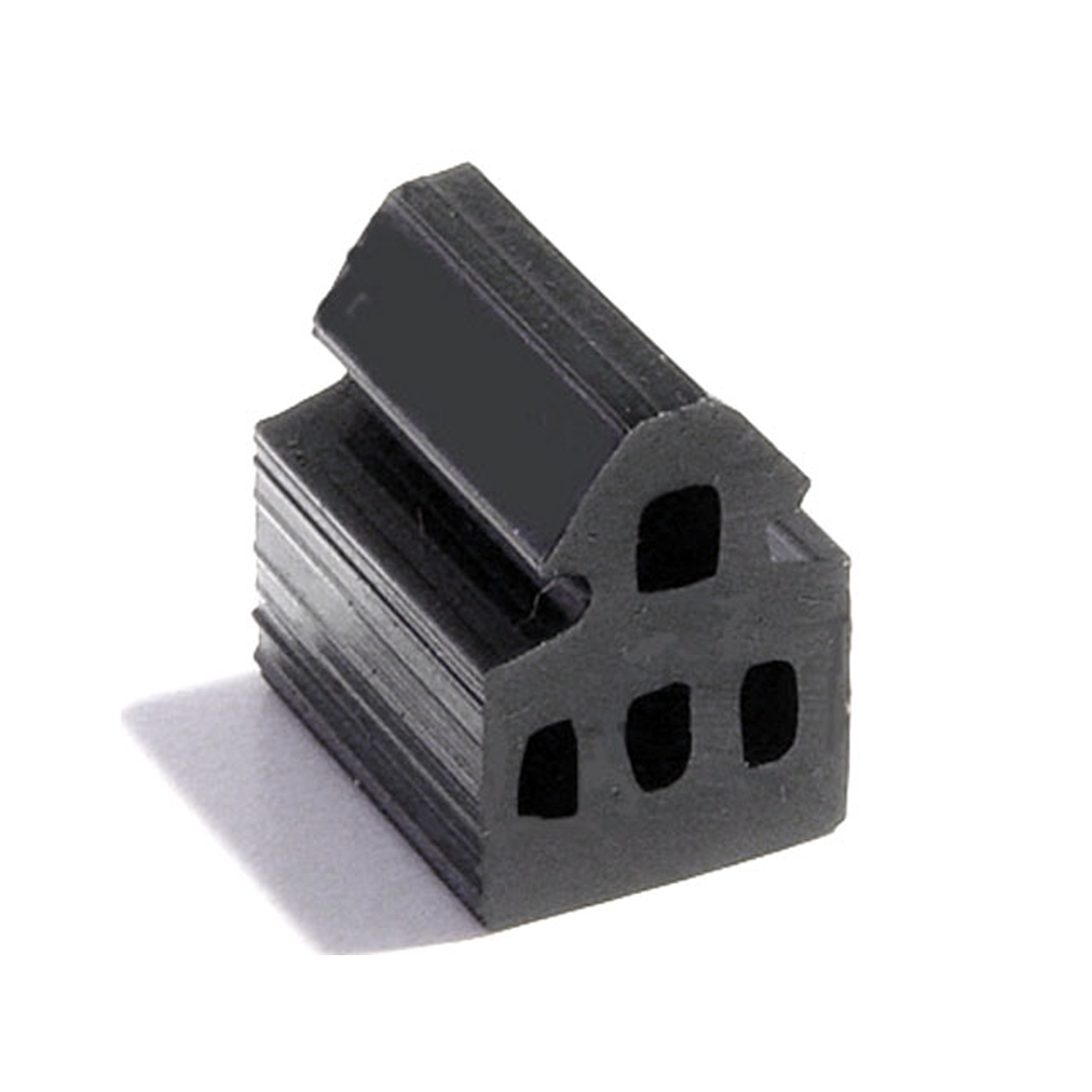 1973 Plymouth Gran Fury Door Bumper. 5/8" wide, made from extrusion. Each-DB 52Door Bumper. 5/8" wide, made from extrusion. Each
1973 Plymouth Gran Fury Door Bumper. 5/8" wide, made from extrusion. Each-DB 52Door Bumper. 5/8" wide, made from extrusion. Each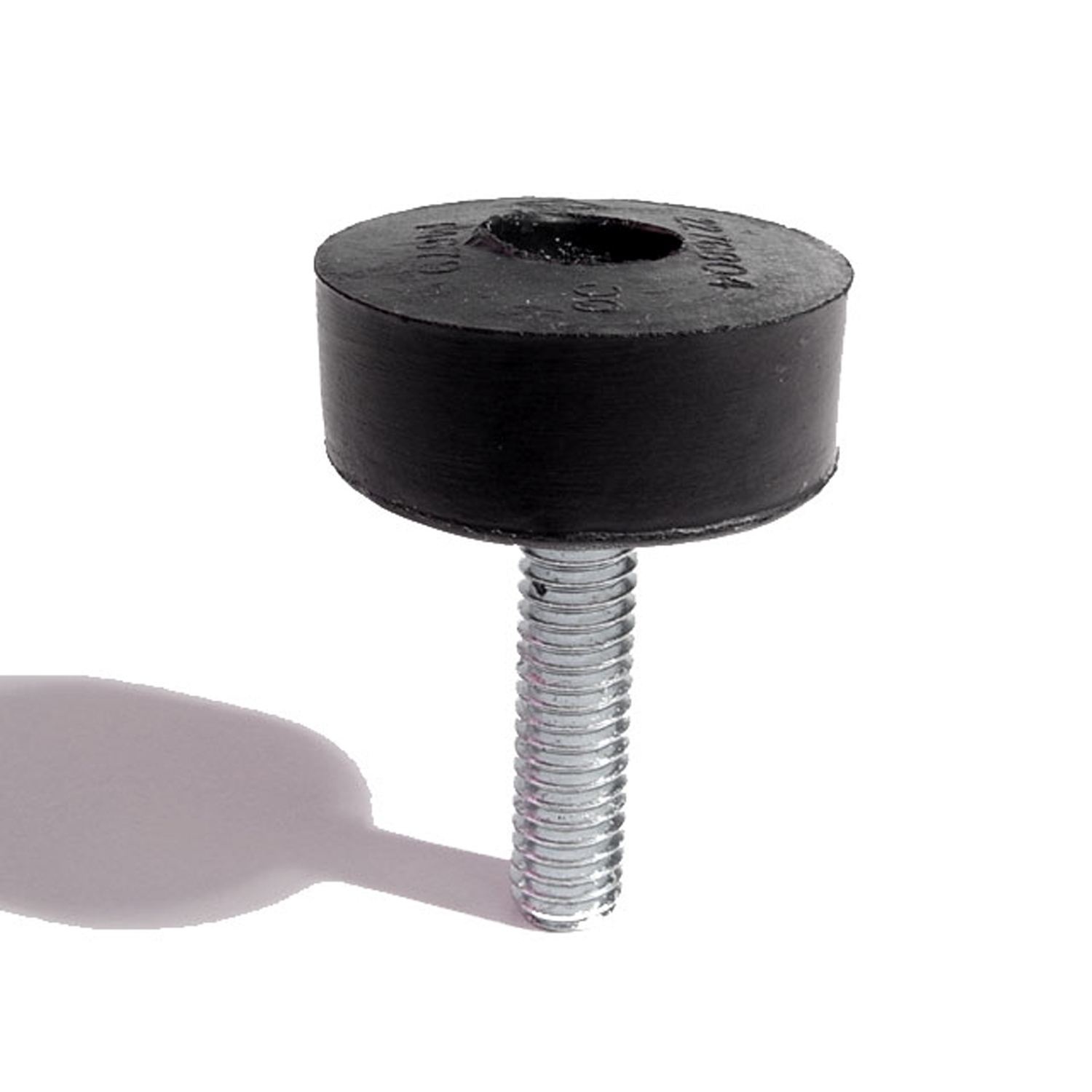 1973 Plymouth Gran Fury Hood Adjustment Bolt and Bumper-HA 8Hood Adjustment Bolt and Bumper. 1-3/16" diameter rubber head. 5/16" thick X 18 threads/inch X 1-1/4" long bolt. Each
1973 Plymouth Gran Fury Hood Adjustment Bolt and Bumper-HA 8Hood Adjustment Bolt and Bumper. 1-3/16" diameter rubber head. 5/16" thick X 18 threads/inch X 1-1/4" long bolt. Each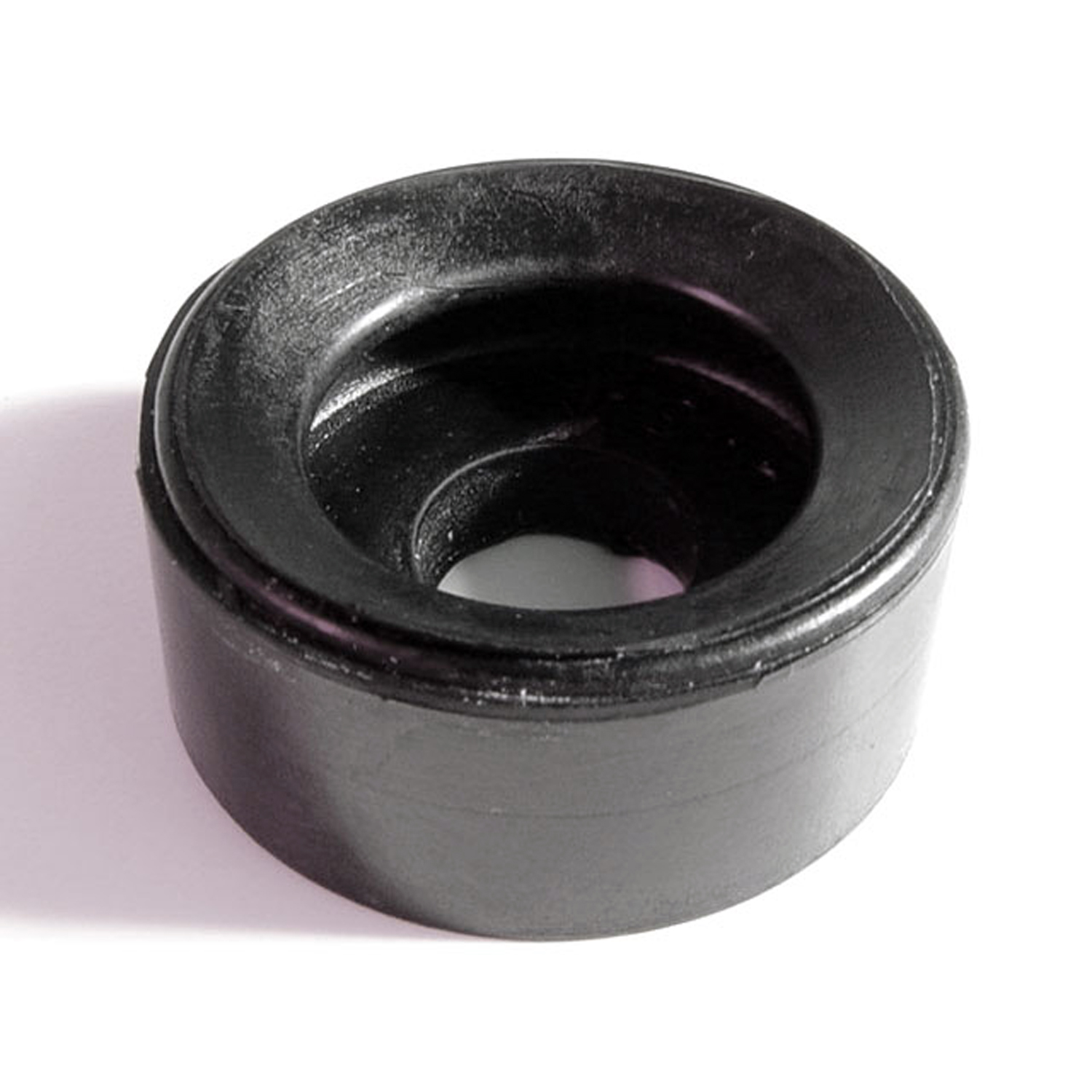 1973 Plymouth Gran Fury Hood Adjustment Bumper. 1-1/4" O.D-HA 8-AHood Adjustment Bumper. 1-1/4" O.D., 3/4" large hole, 7/16" small hole, 1/2" thick. Each
1973 Plymouth Gran Fury Hood Adjustment Bumper. 1-1/4" O.D-HA 8-AHood Adjustment Bumper. 1-1/4" O.D., 3/4" large hole, 7/16" small hole, 1/2" thick. Each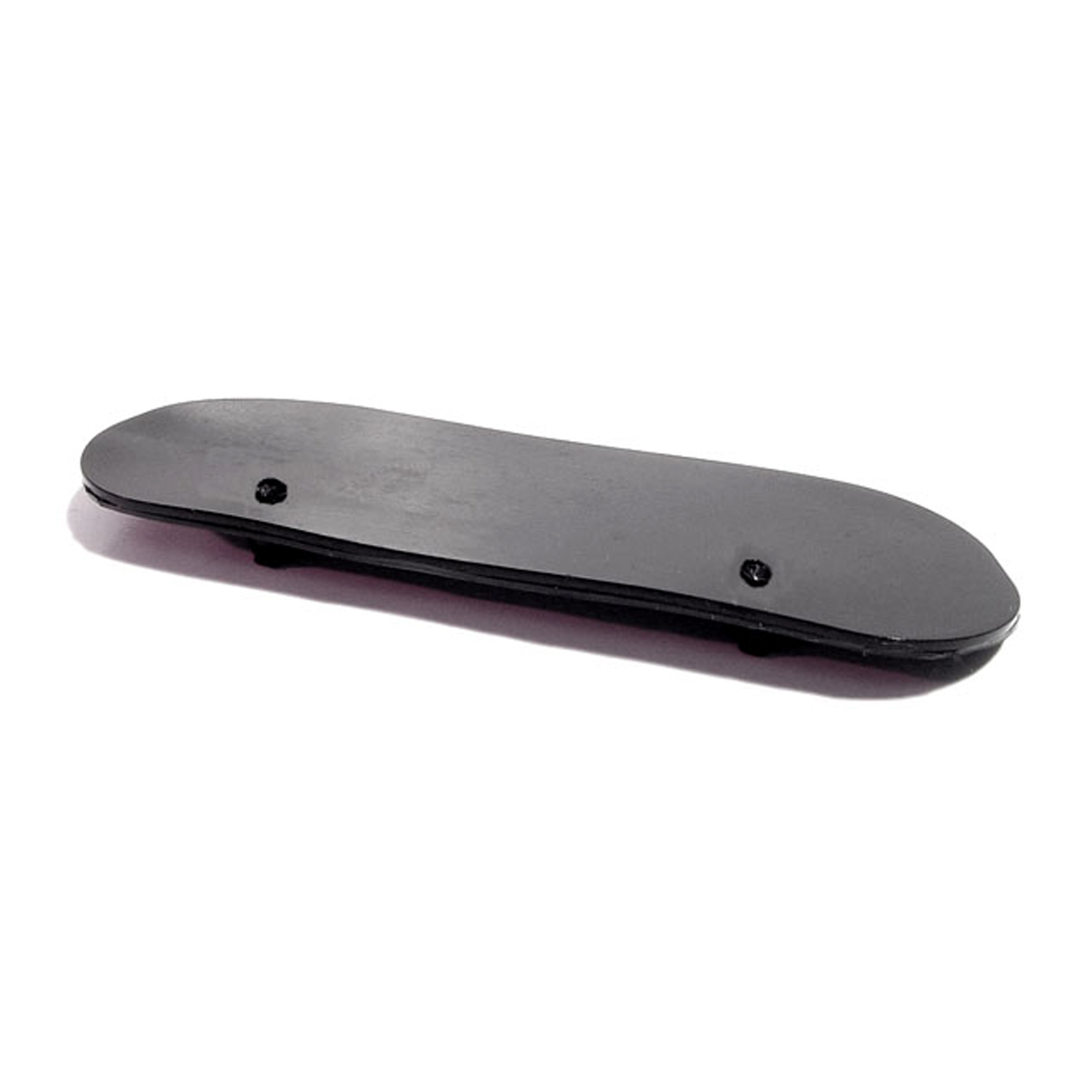 1973 Plymouth Gran Fury Drain Flap on Cowl. Each-RP 900-ADrain Flap on Cowl. Each
1973 Plymouth Gran Fury Drain Flap on Cowl. Each-RP 900-ADrain Flap on Cowl. Each 1973 Plymouth Gran Fury Nylon Lock Cylinder Gasket. 1-1/4" O.D., 7/8" I.D. Each-UM 2700-104Nylon Lock Cylinder Gasket. 1-1/4" O.D., 7/8" I.D. Each
1973 Plymouth Gran Fury Nylon Lock Cylinder Gasket. 1-1/4" O.D., 7/8" I.D. Each-UM 2700-104Nylon Lock Cylinder Gasket. 1-1/4" O.D., 7/8" I.D. EachWhy Choose Metro?
For over 100 years, Metro Moulded Parts has been the pinnacle of quality in classic car restoration parts. Our commitment to precision and authenticity in every component ensures a perfect fit and an OEM-level appearance.
- Expert Craftsmanship & Quality: Each part is a testament to our dedication to reliability and perfection, crafted from original designs and thoroughly tested.
- Advanced Technology: We use cutting-edge techniques to create flawless, long-lasting parts that surpass others in performance.
- SuperSoft Sponge – The Ultimate Door Seal: Not only are our door seals 30% softer than competitors', but they're also guaranteed to never leak. They effectively reduce wind and road noise, enhancing your classic car's comfort and driving experience.
- Proudly American: Our parts are a product of American craftsmanship, made in the USA with a spirit of excellence and heritage.
- Unrivaled Warranty: We back our products with a 30-year industry-leading warranty, a testament to our confidence in their quality.
Join us in preserving the legacy of classic cars with parts that are crafted for perfection, not just made.

